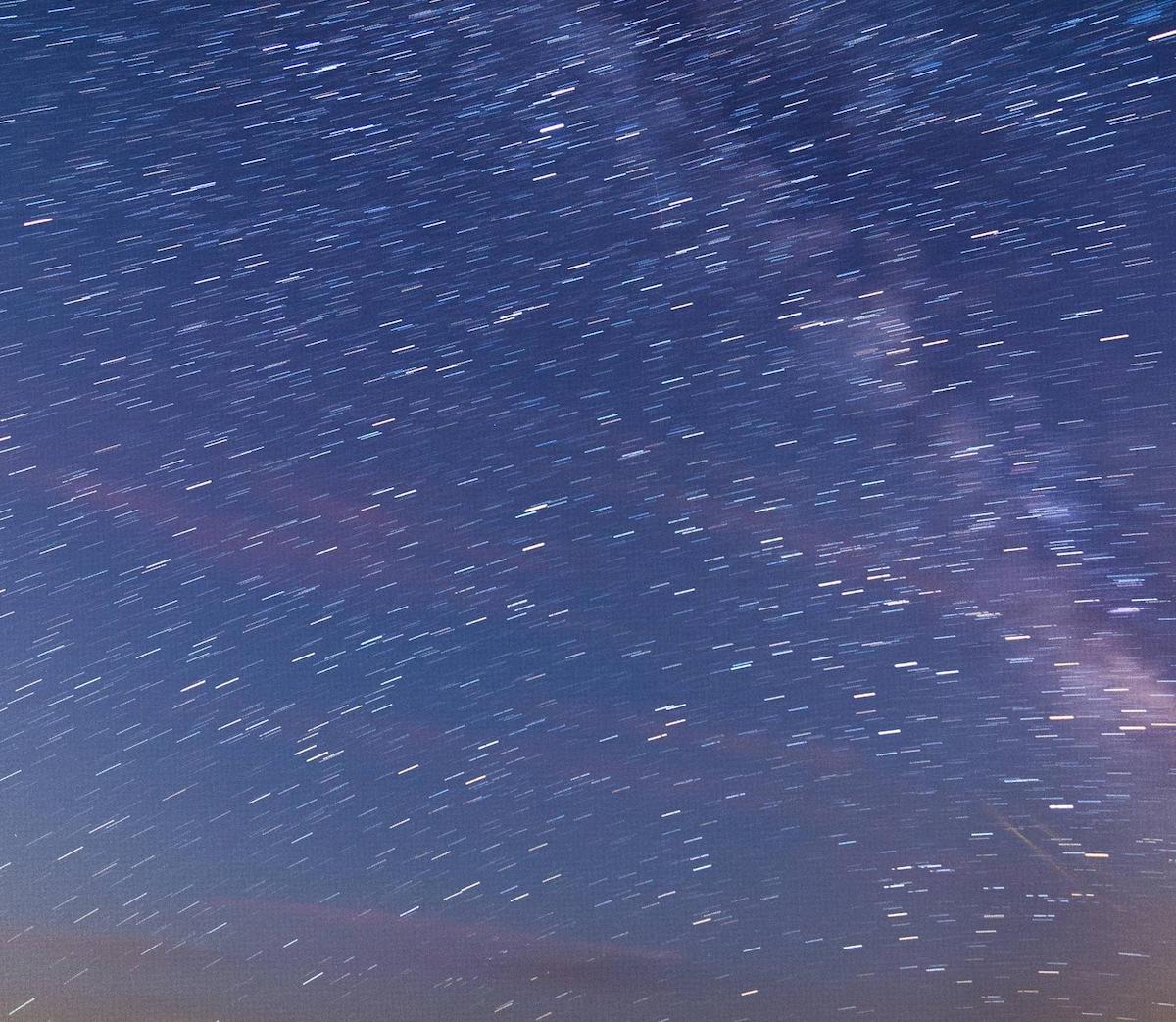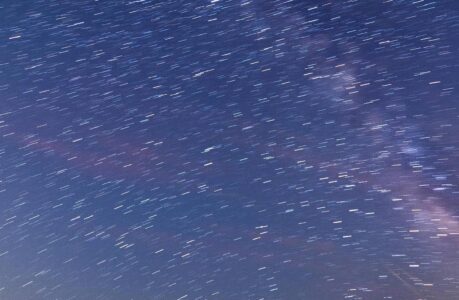Astrophotography is a challenging but rewarding hobby that requires patience, skill, and the right tools. One of the most important tools in an astrophotographer’s arsenal is the Bahtinov mask. This simple yet powerful tool can help astrophotographers achieve sharper and more accurate focus, allowing them to capture stunning images of celestial objects.
What is a Bahtinov Mask?
A Bahtinov mask is a small device that attaches to the front of a telescope and helps astrophotographers focus their cameras. It consists of a thin, flat piece of material with three sets of evenly spaced slots cut into it. These slots create a series of diffraction spikes that are used to determine when the telescope is in focus.
How does a Bahtinov Mask work?
To use a Bahtinov mask, the astrophotographer simply places it over the front of their telescope, aligning it with the telescope’s axis. They then point their telescope at a bright star and adjust the focus until the diffraction spikes created by the mask are symmetrical.
The spikes are created by the slots in the mask, which cause light passing through them to diffract in different directions. When the telescope is out of focus, the diffraction spikes will appear asymmetrical. However, as the focus is adjusted, the spikes will become more and more symmetrical until they cross at a central point, indicating that the telescope is in focus.
The importance of proper focussing
Proper focusing is critical in astrophotography as it can make the difference between a stunning image and a mediocre one. When an image is not in focus, it can appear blurry and lack detail, making it difficult to identify and appreciate the subject.
In addition to affecting the quality of the image, improper focusing can also lead to wasted time and missed opportunities. Astrophotography often involves capturing brief moments, such as a passing comet or a shooting star, that require quick and accurate focusing to be captured successfully. Failing to achieve proper focus can result in missed shots and frustration for the photographer.
Furthermore, achieving proper focus in astrophotography can be challenging due to the low light conditions and complex optical systems involved. This is where tools such as a Bahtinov mask can be invaluable, providing a clear visual indicator of when the telescope is in focus and simplifying the focusing process.
Overall, proper focusing is essential for producing high-quality astrophotography and capturing the beauty and detail of the night sky. It requires attention to detail, patience, and the right tools, but the rewards of achieving a perfectly focused image are well worth the effort.
Why is a Bahtinov Mask important for astrophotography?
Achieving sharp focus is critical for astrophotographers, as it can make the difference between a stunning image and a mediocre one. However, focusing a telescope accurately can be difficult, especially when dealing with low light conditions and complex optical systems.
A Bahtinov mask simplifies the focusing process by providing a clear visual indicator of when the telescope is in focus. This can save astrophotographers time and frustration, allowing them to spend more time capturing beautiful images of the night sky.
Why can’t I just focus on my target?
While it may be possible to manually focus on a target without using a Bahtinov mask, it can be challenging and imprecise, especially when dealing with low light conditions and complex optical systems. Additionally, small movements of the focusing mechanism can result in significant changes in focus, making it difficult to achieve precise focus.
A Bahtinov mask simplifies the focusing process by providing a clear visual indicator of when the telescope is in focus. This allows for more accurate and efficient focusing, reducing the likelihood of wasting time and missing critical moments during astrophotography. So while it is possible to focus on a target without a Bahtinov mask, using one can greatly improve the quality and accuracy of your astrophotography.
Alternatives to a Bahtinov mask
While a Bahtinov mask is an effective tool for achieving precise focus in astrophotography, there are several alternatives that can be used in its place.
- Hartmann Mask: A Hartmann mask is similar to a Bahtinov mask in that it is a small device placed over the front of the telescope. However, instead of using diffraction spikes to indicate focus, it uses a series of holes to create a pattern of light that can be used to determine focus.
- Live View: Many modern digital cameras have a live view function that allows you to see the image on the camera’s LCD screen in real-time. This can be a useful tool for achieving focus, especially if you zoom in on the image and adjust the focus until the details are sharp.
- Autofocus: Some telescopes and cameras have an autofocus function that can be used to automatically adjust the focus. While this can be a convenient option, it may not always be accurate or precise, especially in low light conditions.
- Manual Focusing Aids: There are also several manual focusing aids that can be used, such as a magnifying eyepiece or a focusing mask. These tools can help you achieve sharper focus by magnifying the image or creating a visual indicator of focus.
While these alternatives may not be as precise or easy to use as a Bahtinov mask, they can be effective in achieving sharp focus in astrophotography. The best tool will depend on your equipment and personal preference, so it may be worth experimenting with different options to see what works best for you.
For any serious astrophotographer, a Bahtinov mask is an essential tool. It provides a simple and effective way to achieve sharp focus and capture stunning images of celestial objects. Whether you’re a beginner or an experienced astrophotographer, a Bahtinov mask can help take your images to the next level.

